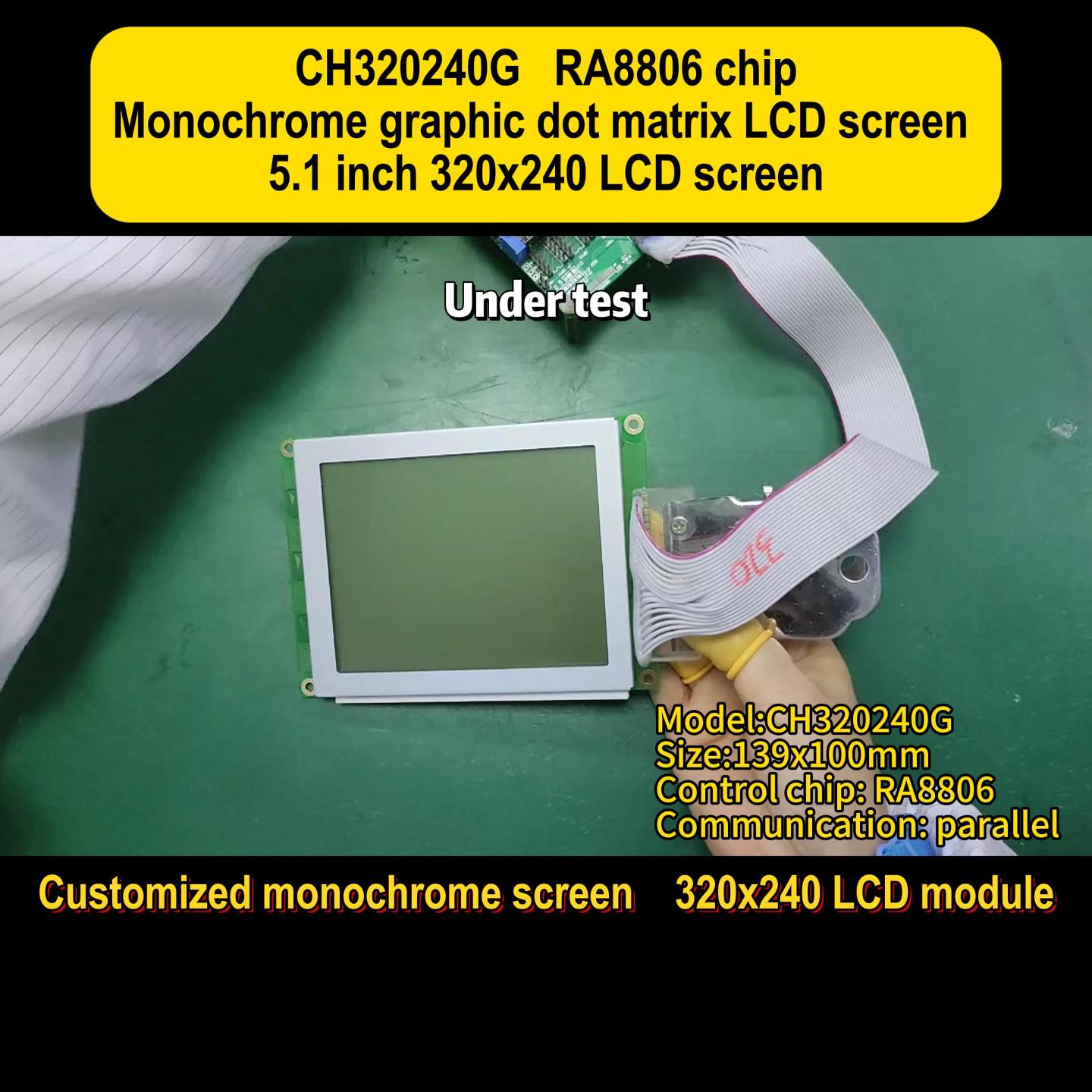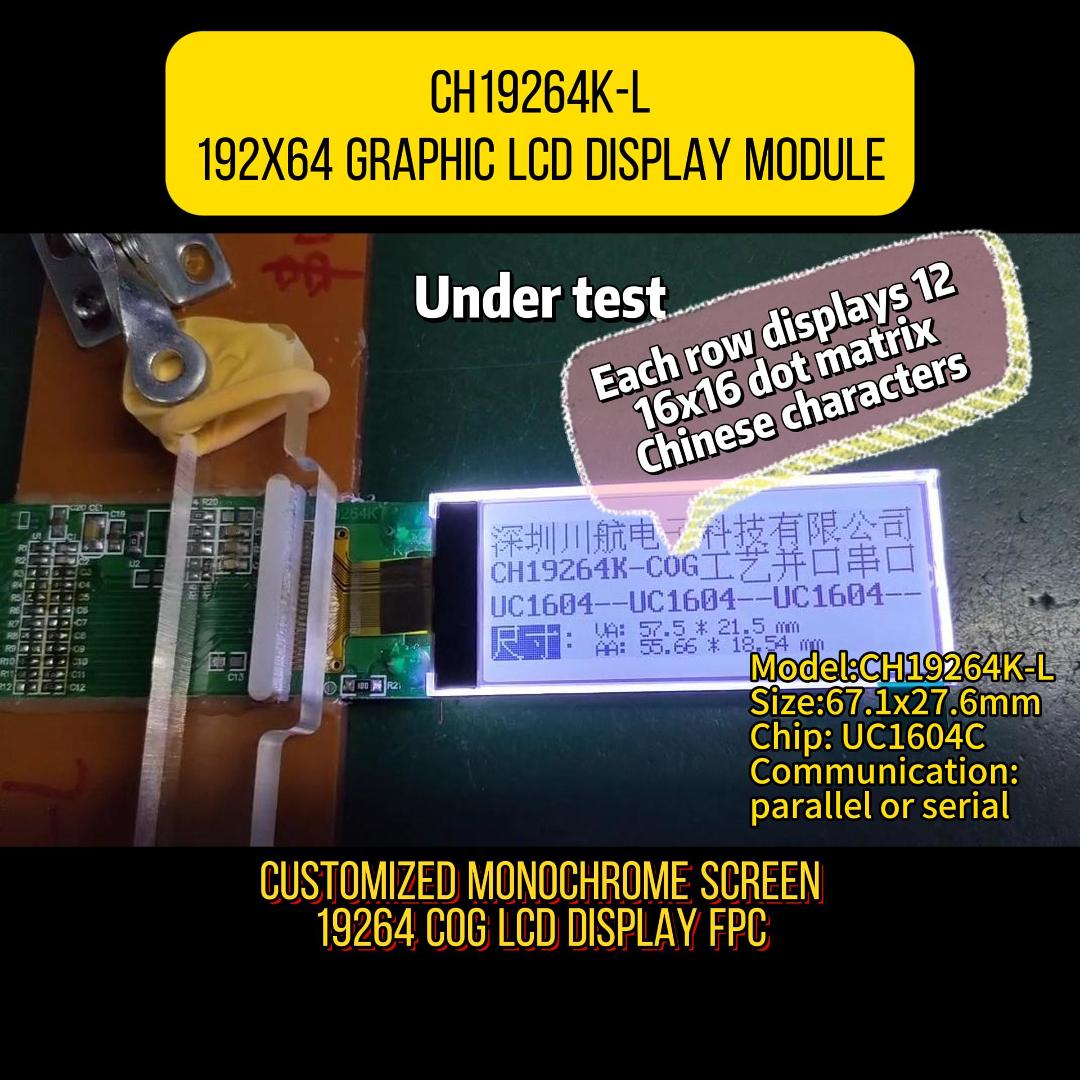In an increasingly digital and interactive world, the way we present information is paramount. From complex industrial control panels to intricate medical devices and consumer electronics, the demand for displays that can render custom graphics, shapes, and text is universal. At the heart of many of these applications lies the versatile graphic LCD display module. More than just a simple numeric screen, this technology empowers designers to create rich, user-defined visual interfaces. This article explores the ecosystem surrounding these modules, from the manufacturers who build them to the datasheets that define their capabilities, and addresses the common hurdles engineers face during integration.

Choosing the right Graphic LCD module manufacturer is the most critical first step in any project. A manufacturer is not merely a supplier; they are a partner whose capabilities and quality control directly impact the success and reliability of your final product.
A reputable manufacturer, like Chuanhang Display, offers more than just a catalog of components. They provide a foundation of engineering support, consistent production quality, and a deep understanding of display technology. When evaluating a manufacturer, consider the following:
Engineering Expertise: Can they provide technical support for custom requirements?
Quality and Consistency: Do they have robust quality control processes, such as rigorous testing for temperature tolerance, viewing angle, and backlight uniformity?
Production Capacity: Can they scale production to meet your volume needs, from prototyping to mass production?
Long-Term Reliability: A stable manufacturer ensures that your chosen graphic LCD display module will remain available for the lifespan of your product, avoiding costly re-designs later.
Chuanhang Display, for instance, has built a reputation on providing a wide range of monochrome and STN color graphic LCDs, known for their high contrast, low power consumption, and robust construction suitable for demanding environments.
While standard off-the-shelf modules work for many applications, the true power of a graphic LCD display module is often realized through customization. A custom Graphic LCD module is tailored to meet specific project requirements that a standard product cannot fulfill.
Common customizations include:
Size and Resolution: Designing a module with non-standard dimensions or a specific pixel matrix (e.g., 240x128 instead of a common 128x64).
Viewing Mode and Polarization: Optimizing the display for transmissive, reflective, or transflective viewing conditions. Custom polarizers can enhance sunlight readability, a crucial feature for outdoor equipment.
Temperature Range: Industrial or automotive applications often require an extended operating temperature range, such as -30°C to +80°C or wider.
Integrated Touchscreen: Adding a resistive or capacitive touch layer directly bonded to the graphic LCD display module.
Special Connectors or FPCs: Modifying the interface to fit a unique mechanical design.
Working with a manufacturer like Chuanhang Display on a custom solution ensures that the display is not an afterthought but an integral, perfectly fitted component of your device.

The Graphic LCD module datasheet is the definitive guide to the component. It contains all the electrical, optical, and mechanical specifications necessary for a design engineer to successfully integrate the module. Misinterpreting this document is a common source of project delays. Key sections to understand include:
Absolute Maximum Ratings: The voltage and temperature limits beyond which permanent damage will occur. Never operate the module under these conditions.
Electro-Optical Characteristics: This section defines the performance, including:
Viewing Angle: The direction from which the screen can be clearly seen.
Contrast Ratio: The difference between the bright and dark states.
Response Time: How quickly pixels can change state, critical for displaying moving content.
Pin Definitions: A detailed description of every pin on the interface, including power supplies (VCC, VSS), control signals (RS, E, R/W), and data lines (DB0-DB7).
Interface and Timing Diagrams: Perhaps the most crucial part. This illustrates the precise sequence and timing of signals required to communicate with the display controller. Ignoring these timings will result in a non-functional or unstable display.
A thorough understanding of the Graphic LCD module datasheet is non-negotiable for a smooth development process.
A graphic LCD display module typically consists of the glass LCD panel and a driver chip. However, this driver chip requires a host controller to send it commands and data. This is where the Graphic LCD controller board comes in. Also known as an interface or demo board, it acts as a bridge between your main system (like a microcontroller or microprocessor) and the display module.
Its primary functions are:
Signal Level Translation: Converting the logic levels from your main system (e.g., 3.3V) to the levels required by the LCD (which might be 5V).
Power Supply Regulation: Generating the specific voltages needed by the LCD, such as the positive and negative voltages for the contrast (Vo).
Backlight Driver: Providing a constant current or voltage to power the LED or CCFL backlight.
Simplifying Prototyping: Using a dedicated controller board allows developers to focus on writing display software without worrying about the analog electronics, significantly speeding up the initial development and testing phase.
For complex displays like TFTs, the controller board often includes a more powerful dedicated graphics controller that can handle tasks like rendering shapes and images, offloading this work from the main CPU.
Even with a great module and a clear datasheet, integration can present challenges. Here are some of the most common problems engineers encounter:
No Display, Power On: The most fundamental issue.
Checklist: Verify all power supply rails (VCC, Vee for contrast). Is the backlight connected and powered? Is the contrast voltage (Vo) set correctly? A miscalibrated Vo can make a functioning display appear completely blank.
Garbled or Incorrect Graphics: The display is on, but the output is nonsense.
Checklist: This is almost always a communication issue. Double-check the initialization sequence in your code against the datasheet. Verify the timing delays between commands. Ensure the data bus connections are secure and the data is being sent in the correct order (e.g., 8-bit vs. 4-bit mode).
Flickering Display or Ghosting: Images are unstable or leave faint trails.
Checklist: Flickering often points to unstable power or insufficient timing delays. Ghosting can be caused by a poorly adjusted contrast voltage or a mismatch in the LCD's AC drive characteristics. Ensure the firmware is correctly toggling the enable (E) pin.
Low Contrast or Poor Readability:
Checklist: Re-adjust the Vo contrast voltage according to the datasheet's recommended range. For reflective displays, ensure adequate ambient light. For transmissive displays, check the backlight brightness.
High Power Consumption:
Checklist: The largest power draw is typically the backlight. Consider using a PWM (Pulse Width Modulation) signal to dim the backlight when full brightness is not needed. Also, ensure the microcontroller pins connected to the LCD are correctly configured to avoid drawing excess current.
The graphic LCD display module remains a cornerstone of human-machine interface design, offering a perfect blend of versatility, reliability, and cost-effectiveness for a myriad of applications. The journey from selection to successful implementation involves a strategic partnership with a qualified Graphic LCD module manufacturer like Chuanhang Display, a clear understanding of the possibilities for a custom Graphic LCD module, a meticulous study of the Graphic LCD module datasheet, and the savvy use of a Graphic LCD controller board for efficient development. By anticipating and understanding the common integration challenges, engineers can unlock the full visual potential of these powerful components, creating devices that are not only functional but also intuitive and engaging for the end-user.